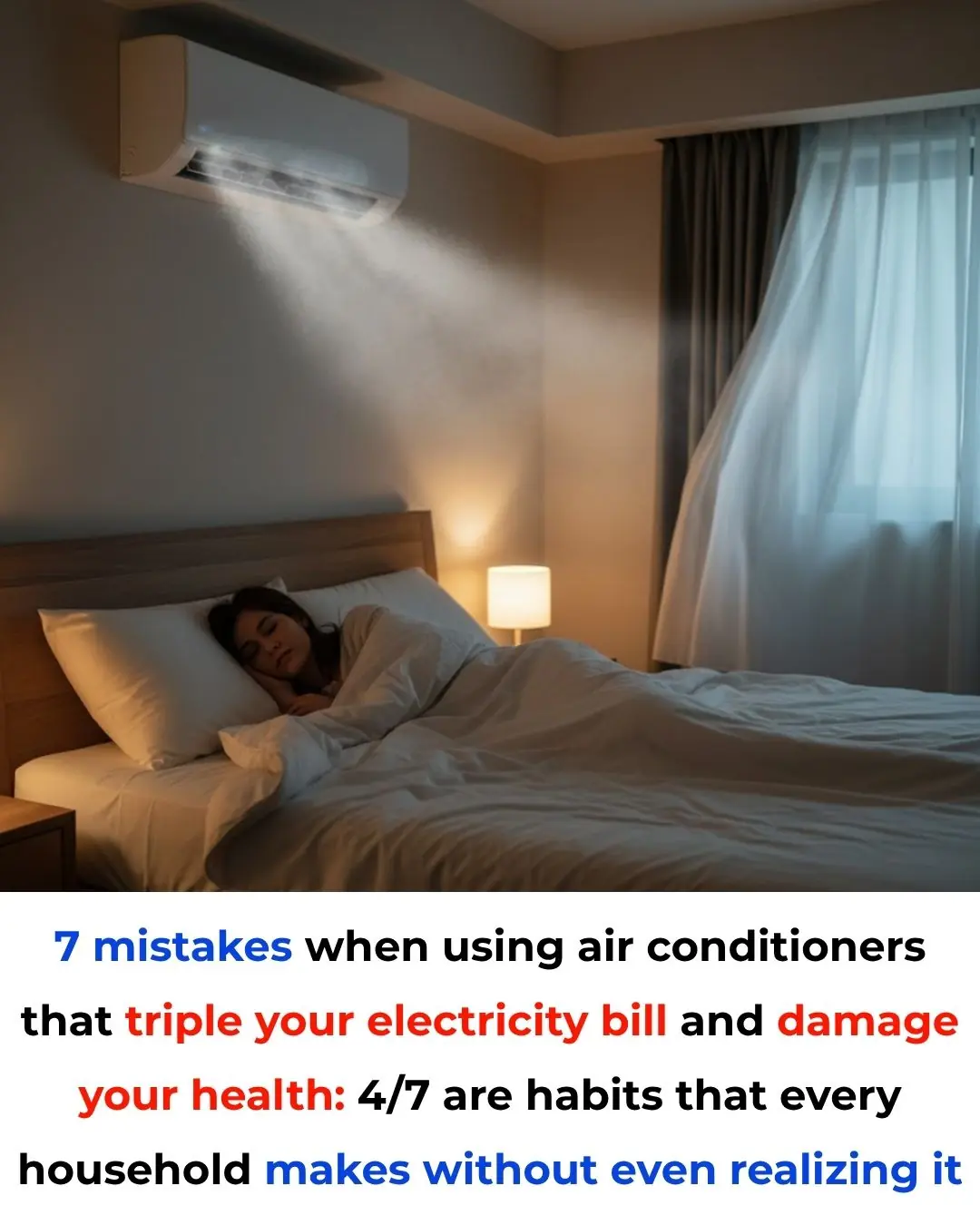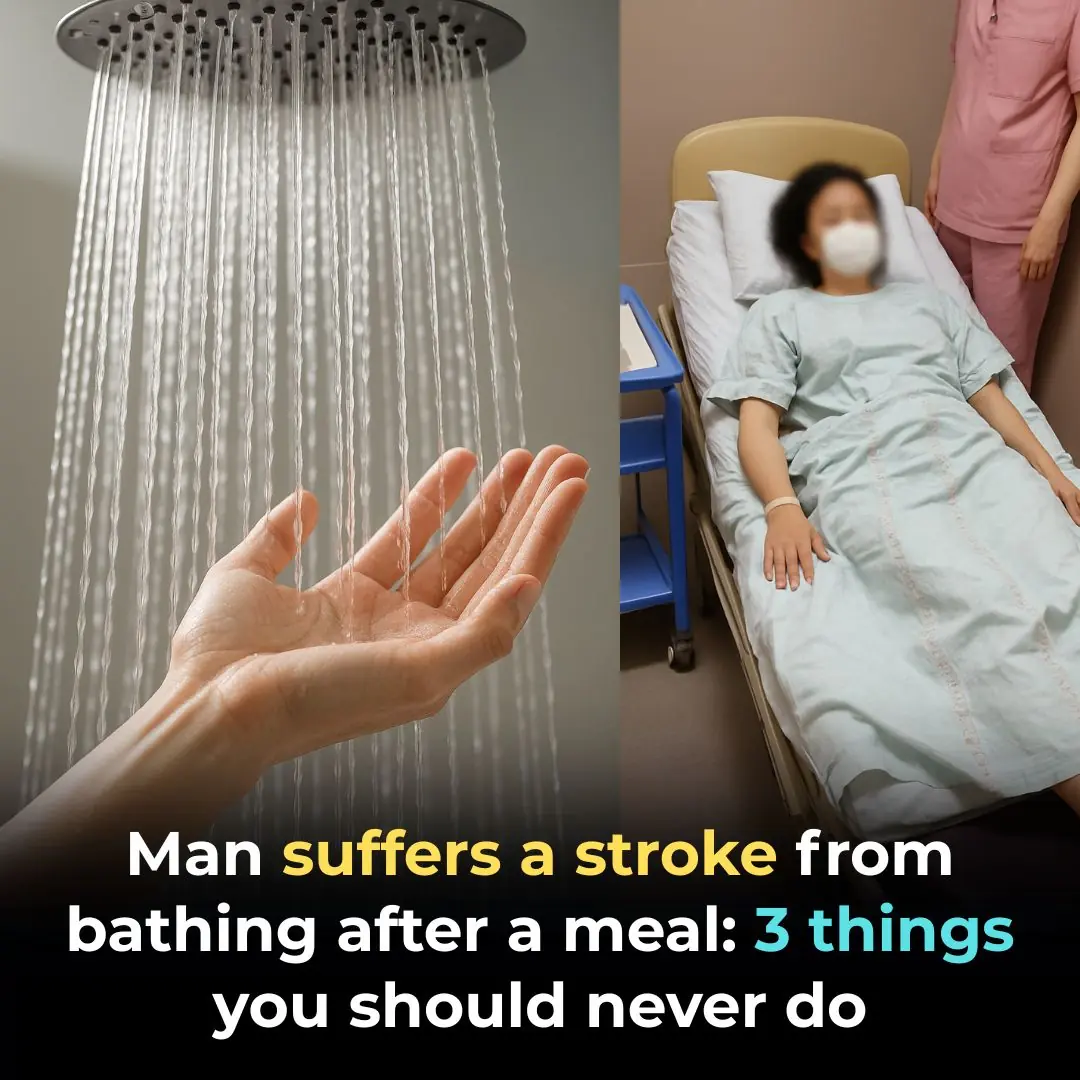
Surprising reason why you should NEVER take a cold shower when it's hot
Jumping into a freezing cold shower might seem like the fastest way to cool down when you're hot, sweaty, and uncomfortable — but in many cases, it can actually make things worse. Instead of helping your body regulate temperature, it may interfere with natural cooling mechanisms, stress your cardiovascular system, and leave you feeling even more unwell.
Let’s break down why very cold showers can backfire — and what to do instead for safe, effective cooling.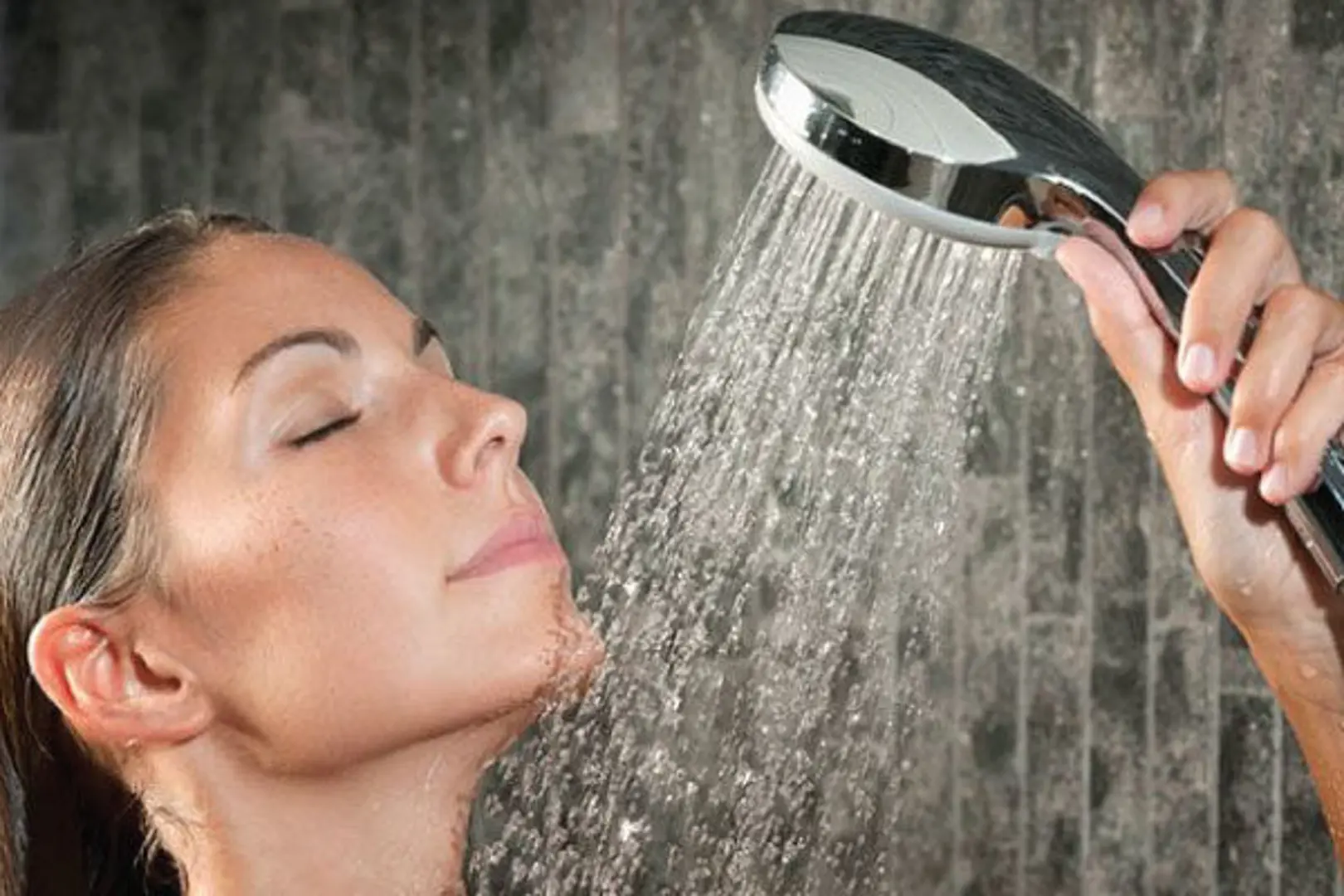
❄️ Why a Very Cold Shower When You’re Hot Can Be Harmful
1. Sudden Vasoconstriction Prevents Proper Heat Loss
When your skin is exposed to very cold water, your blood vessels constrict rapidly (a process called vasoconstriction). This reaction limits blood flow to the skin, which reduces sweat evaporation — your body's main method of releasing internal heat.
So while a cold shower might feel momentarily refreshing, it actually traps heat inside your core by closing off the body’s heat-release pathways. As a result, your core temperature can remain high or even rise again after the cold exposure.
2. Cold Shock Stresses the Heart and Circulatory System
The "cold shock response" is your body’s automatic reaction to sudden cold exposure. It causes:
-
An abrupt spike in heart rate
-
A sharp increase in blood pressure
-
Constriction of blood vessels throughout the body
While young, healthy people may tolerate this with minimal risk, older adults or anyone with cardiovascular disease, high blood pressure, or those taking medications like beta-blockers or diuretics may experience serious issues — including chest pain, arrhythmias, or even a cardiac event.
3. Increased Risk of Dizziness, Muscle Cramps, or Fainting
When your body shifts suddenly from a hot environment to freezing cold water, it can create rapid changes in blood pressure and circulation. This can lead to:
-
Lightheadedness
-
Fainting (syncope)
-
Painful muscle cramps
This is especially risky if you're already dehydrated, tired, or heat-exhausted. Fainting in a slippery shower is dangerous and can lead to falls or injuries.
4. Cold Sensation Can Mask Serious Symptoms
Cold water may numb your sense of discomfort, making you feel “better” temporarily — but that sensation can be deceptive. It might delay you from taking more effective actions like hydrating, resting, or moving to a cooler space. Meanwhile, heat exhaustion or heat stroke may continue to worsen unnoticed.
✅ What to Do Instead: Safer, Smarter Ways to Cool Down
If you're mildly overheated from a hot day, physical activity, or a warm environment, here’s a safer cooling strategy that supports your body’s natural thermoregulation:
✔️ Step-by-Step Cooling Guide:
-
Get out of the heat: Move to a shaded or air-conditioned space right away.
-
Hydrate slowly: Sip cool (not ice-cold) water or an electrolyte drink. Avoid chugging too quickly.
-
Remove excess clothing: Allow your body to breathe and release heat through the skin.
-
Use lukewarm to cool water: Shower or sponge with tepid water (20–27°C / 68–80°F). You can slowly reduce the temperature over a few minutes.
-
Use airflow + evaporation: Fans and damp cloths or cool mist sprays on the skin can accelerate cooling.
-
Target cooling zones: Apply cold packs to areas with high blood flow: armpits, groin, neck, and wrists.
-
Rest and monitor: Continue cooling gently and sipping fluids until you feel normal again. Avoid rushing back into activity.
🕒 Best Times & Durations to Shower for Cooling
For mild overheating (e.g., after being outdoors or sweating):
-
Take a lukewarm shower for 5–10 minutes.
-
Gradually decrease the temperature toward cool — but not icy cold.
After exercise:
-
A contrast shower (warm water followed by cool) can help reduce muscle soreness.
-
End with cool (not cold) water for 1–2 minutes.
If you feel faint or dizzy:
-
Sit or lie down first — don’t jump into the shower right away.
-
Hydrate, wait until your circulation stabilizes, and then proceed with gentle cooling.
How often?
-
Once or twice a day is fine — but avoid repeatedly shocking your system with very cold water.
🚨 Serious Cases: When Cold Water Is Necessary
Exertional Heat Stroke — This is a medical emergency.
If someone is experiencing:
-
High core temperature
-
Confusion
-
Collapse
-
Seizures
-
Unconsciousness
Then rapid cooling is critical to survival.
In these emergency situations, cold-water immersion (ice bath) is the gold standard. It should be done by trained personnel, ideally in a medical setting, as it requires constant monitoring.
❗ The advice about avoiding cold showers does not apply to heat stroke emergencies. In life-threatening overheating, cold water immersion saves lives.
⚠️ Who Should Be Especially Cautious
-
Older adults
-
Individuals with heart disease or high blood pressure
-
People on medications that affect circulation or fluid balance (e.g., diuretics, beta-blockers, psychiatric meds)
-
Those with a history of fainting, low blood pressure, or circulatory disorders
✅ Quick Checklist: What to Do When You’re Overheated
| Do | Don’t |
|---|---|
| ✅ Move to a cooler space | ❌ Don’t jump into an ice bath |
| ✅ Drink cool water slowly | ❌ Don’t chug icy drinks |
| ✅ Use lukewarm → cool water on skin | ❌ Don’t shock your body |
| ✅ Rest, monitor, and hydrate | ❌ Don’t ignore symptoms |
| ✅ Call emergency services if symptoms are severe (confusion, fainting) | ❌ Don’t delay medical attention |
🧠 Bottom Line
Cold showers can feel amazing — and when used wisely, they have health benefits. But when you're just hot from the sun or exercise, gradual cooling and hydration are far more effective and safer than an abrupt ice-cold shock.
Use common sense:
-
Treat mild overheating gently with rest and cool water.
-
Treat heat stroke aggressively — and seek emergency help.
Your body has natural cooling systems — work with them, not against them.
News in the same category


The #1 way to flush microplastics from your body (It’s shockingly simple)
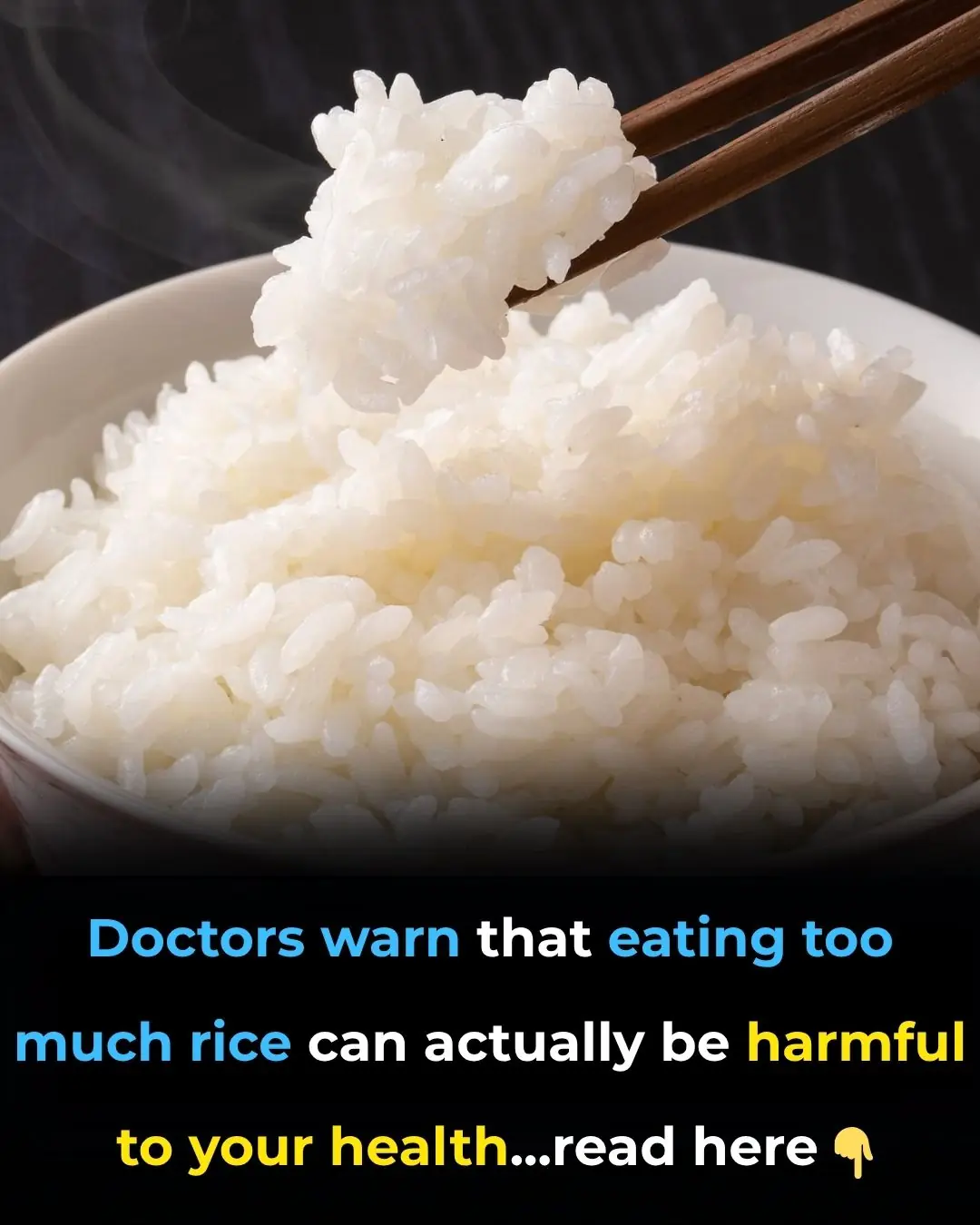
According to experts, consuming too much rice leads to…
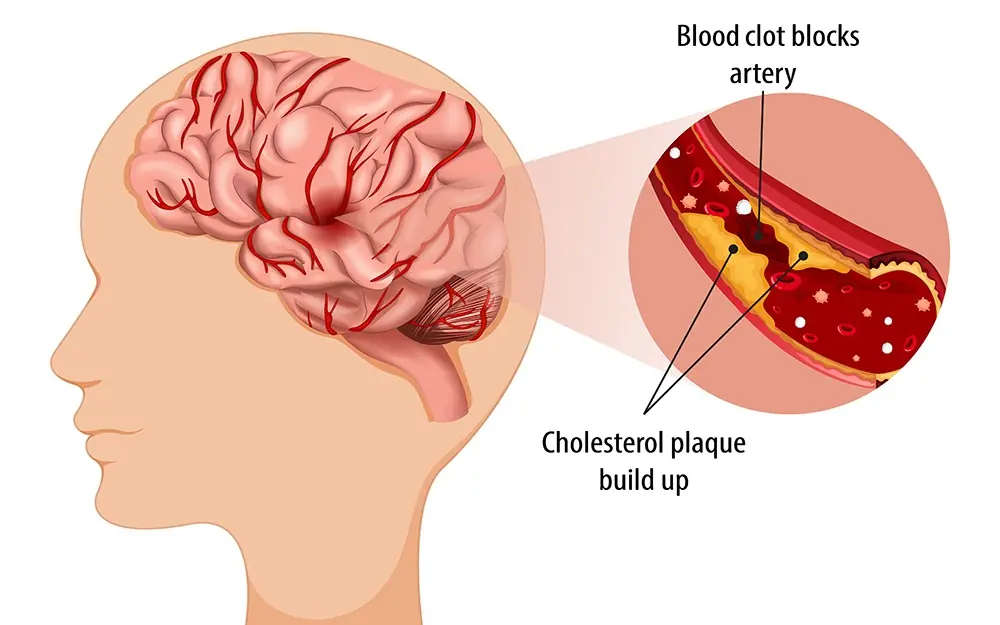
CLOGGED ARTERIES CAN CAUSE STROKES EAT THIS TO PROTECT YOUR BRAIN
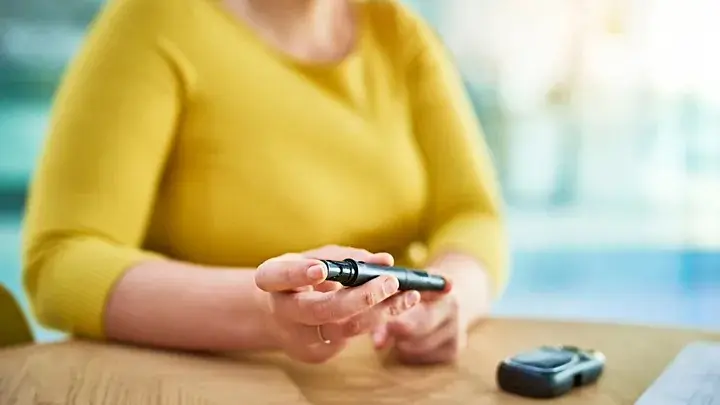
QUIET SIGNALS YOUR BODY SENDS LONG BEFORE DIABETES IS DIAGNOSED

5 Foods to Help Prevent HEART ATTACK That Nobody Talks About

Powerful Natural Detox to Cleanse Your Kidneys, Liver & Lungs!
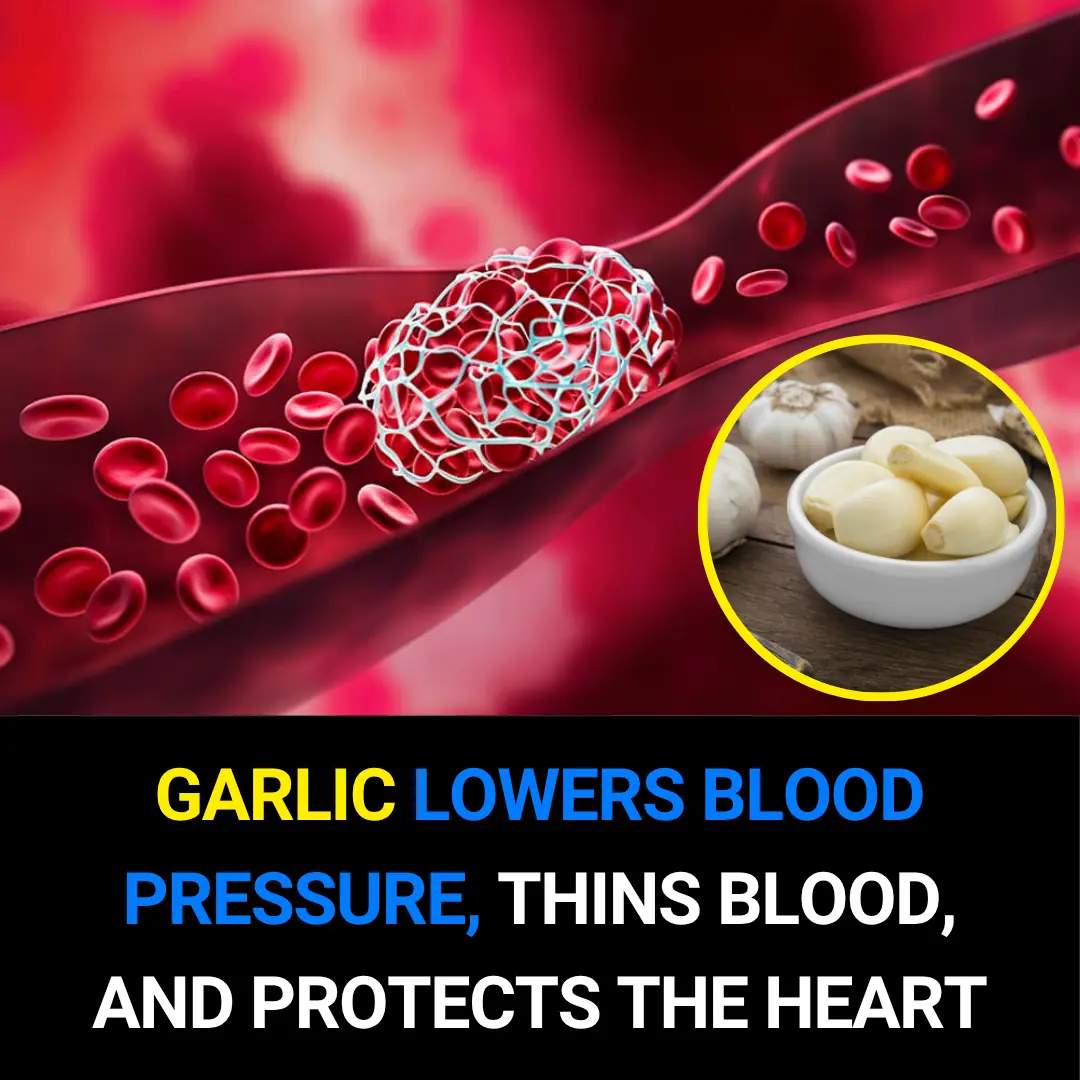
Eat Crushed Garlic to Clean Your Arteries and Prevent Heart Attack
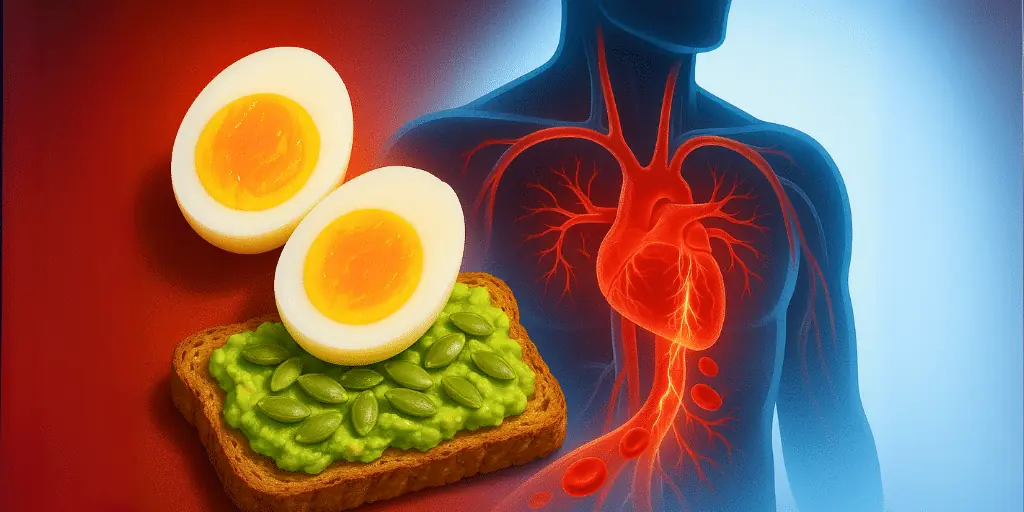
Men Over 60: Eat These 6 Breakfast Foods to Boost Blood Flow Naturally

What Happens When You Take Turmeric Daily (PCOS, Diabetes, Joint Pain) – Evidence-Based
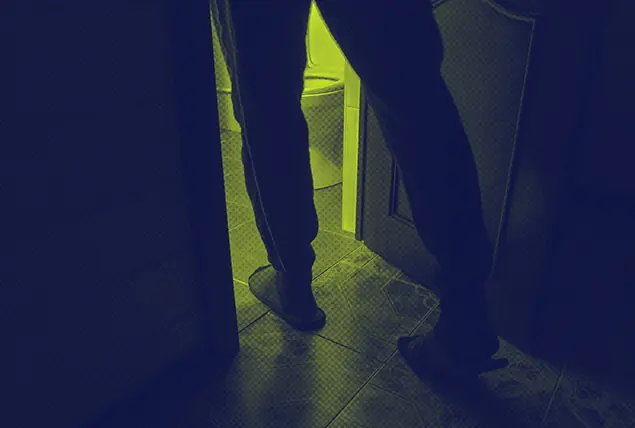
Why You Wake Up to Pee at Night (and How to Stop It for Good!)
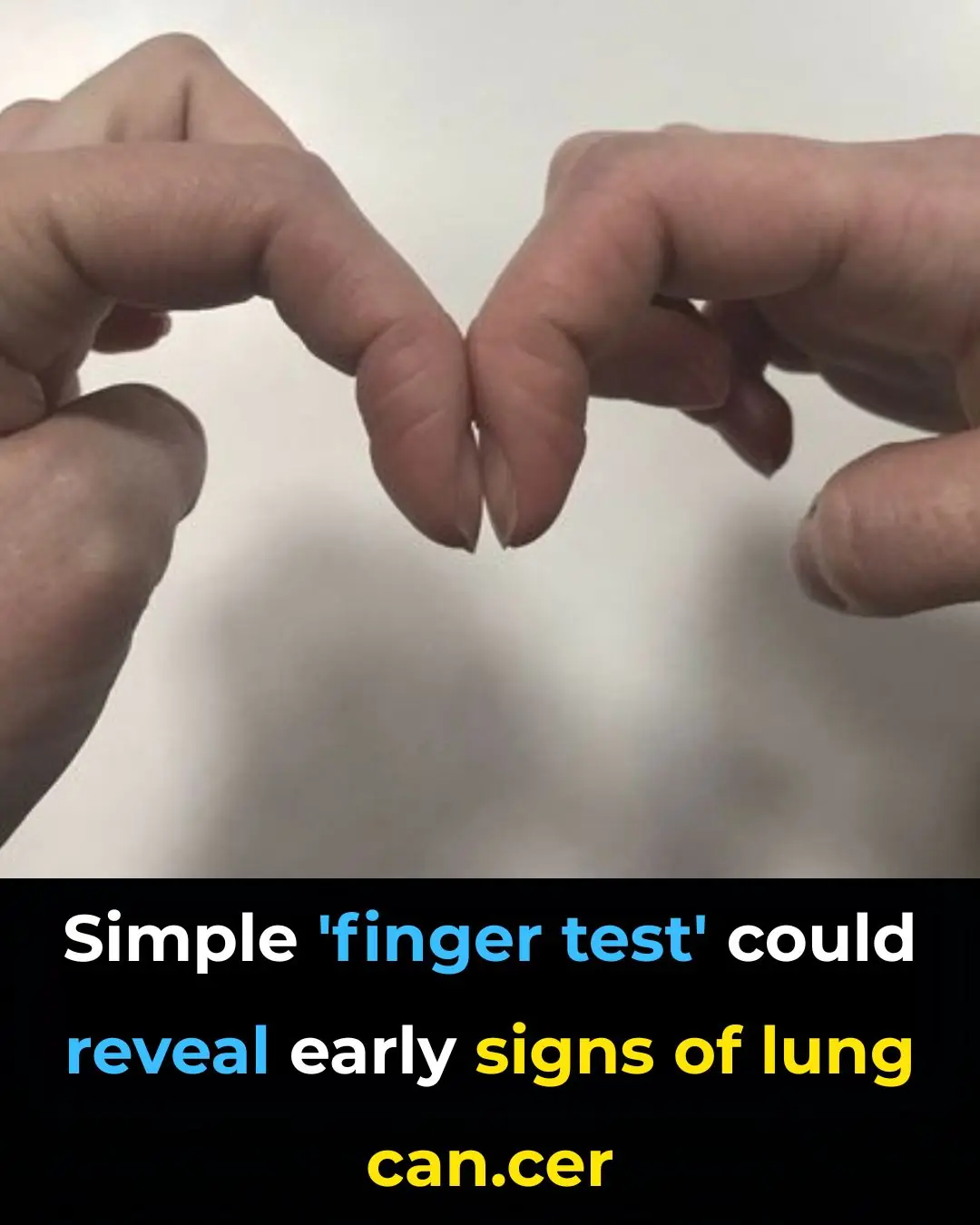
Simple ‘Finger Test’ Could Reveal Early Signs of Lung Cancer — Check Yours at Home
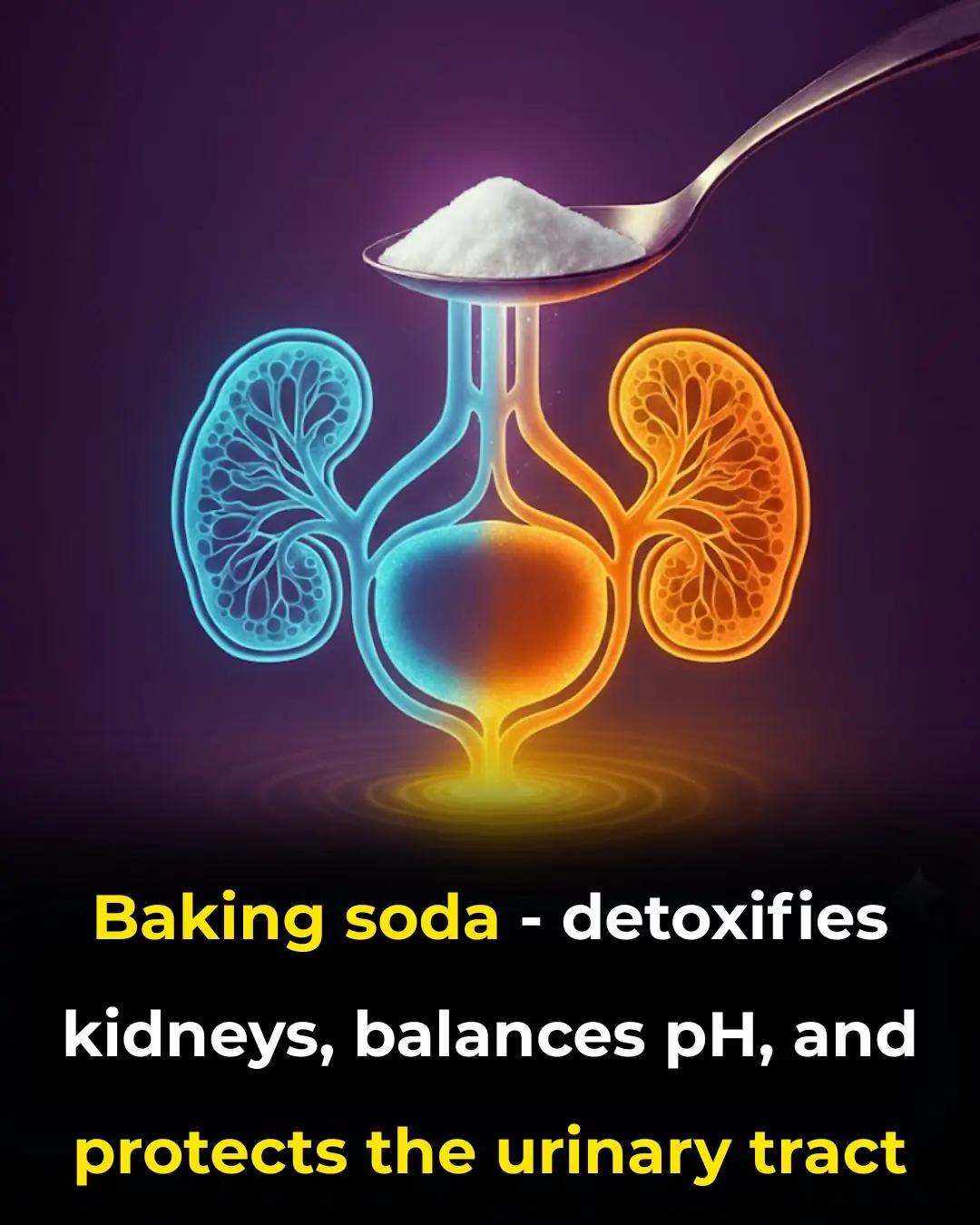
1 Teaspoon of Baking Soda Can Do THIS to Your Body!
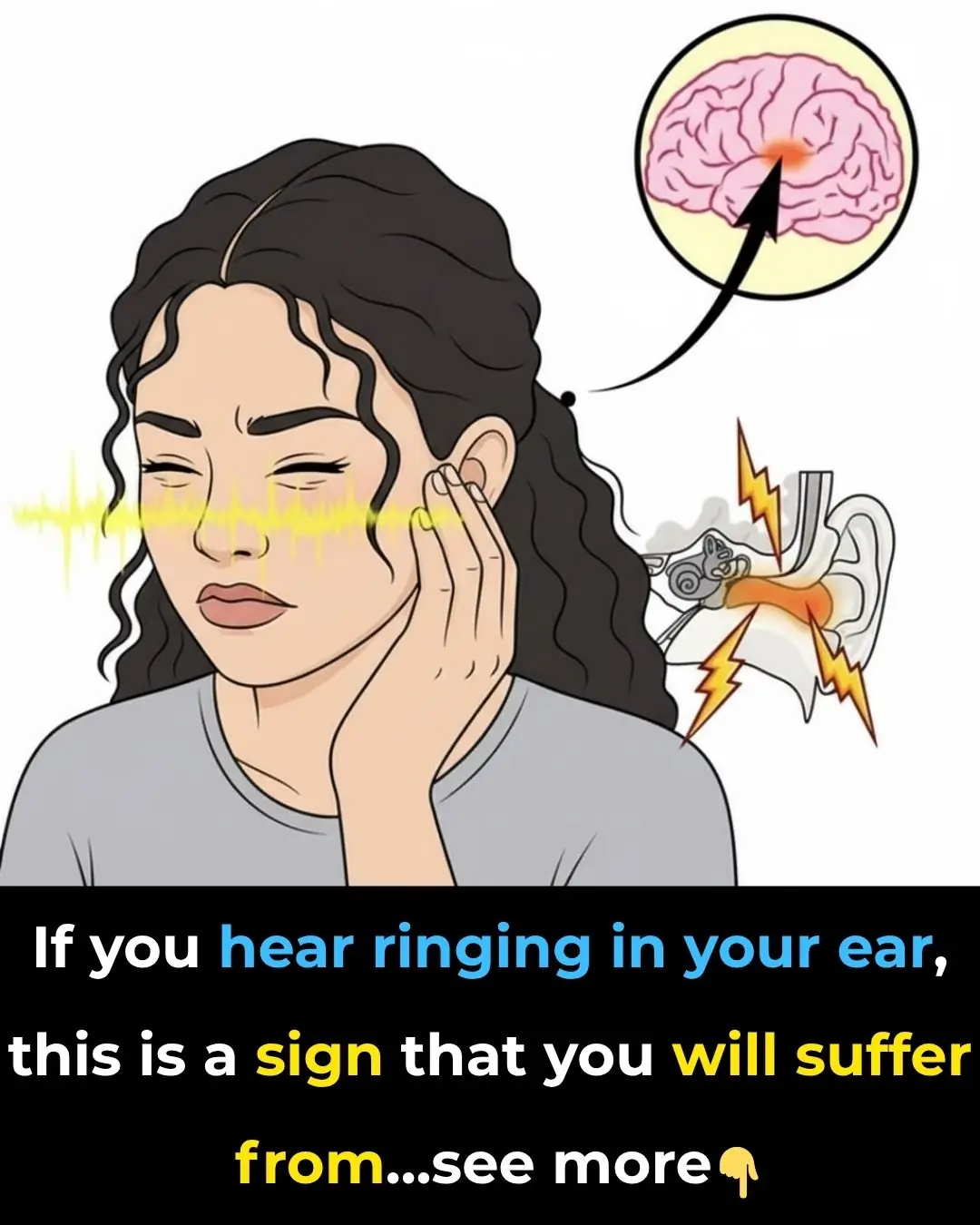
🔊 Ringing in Your Ear? What Tinnitus Really Means and When to See a Doctor

The Health Effects of Left Side Sleeping That Few Talk About

Top 15 Natural Collagen-Boosting Foods That Rebuild Skin, Joints, and Bones Fast
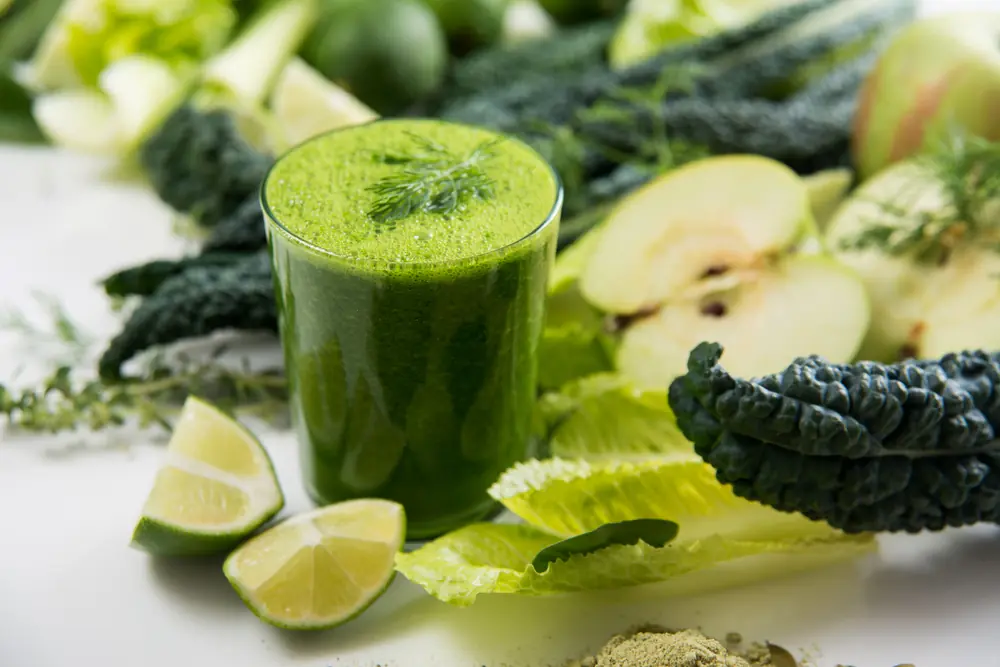
Cleanse Your Kidneys of Toxins With 2 Effective 1-Ingredient Drinks
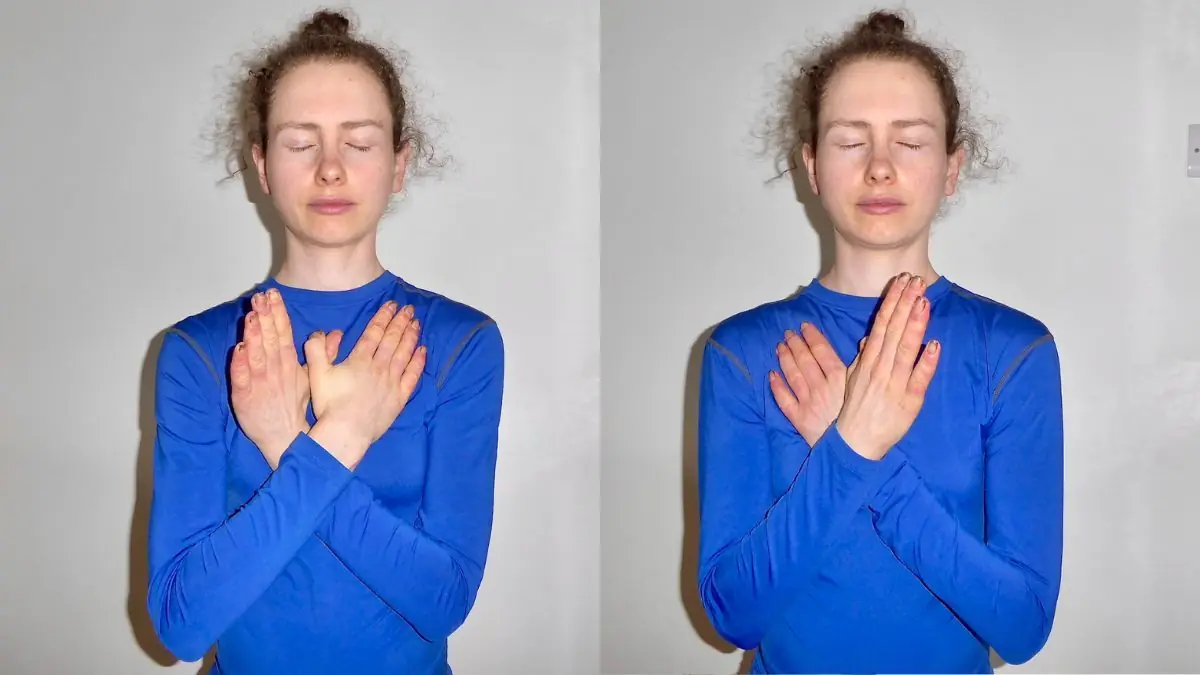
The 60-Second Trick to Reset Your Nervous System (A Himalayan Salt Bio-Hack)
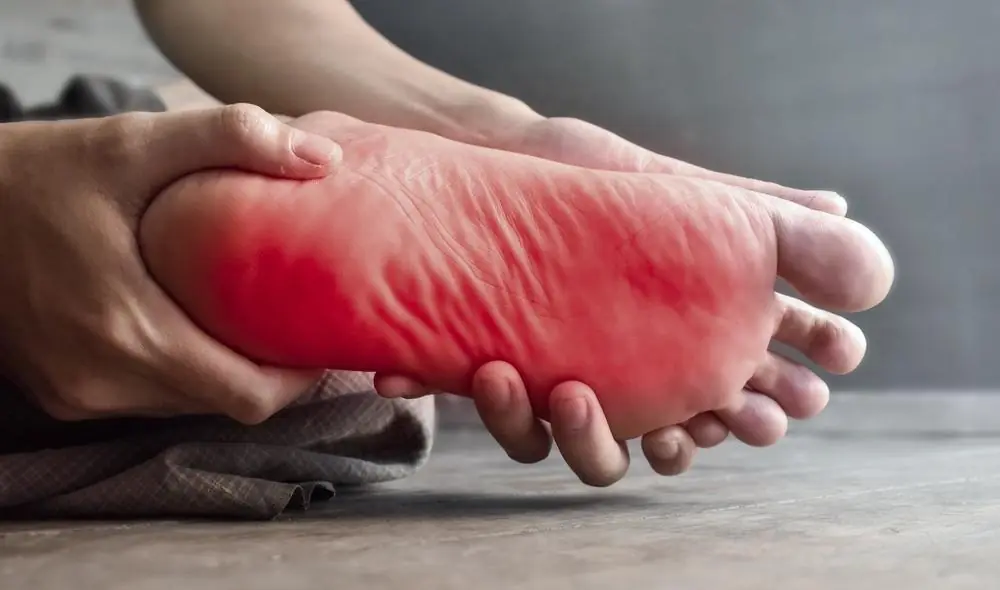
Top 6 Natural Remedies to Fight Neuropathic Pain (Peripheral Neuropathy Home Remedies)
News Post

The Man Who Remembers Hunger: Why One Act of Kindness Matters.

The Little Elephant Who Was Born Different: A Pink Calf in the Wild

When Love Has No Address: A Man and His Dogs

A Boy, a Soldier, and an Umbrella: A Timeless Gesture of Respect

Purslane: The Superfood That Tastes Better Than Meat – 7 Reasons to Grow It in Your Garden
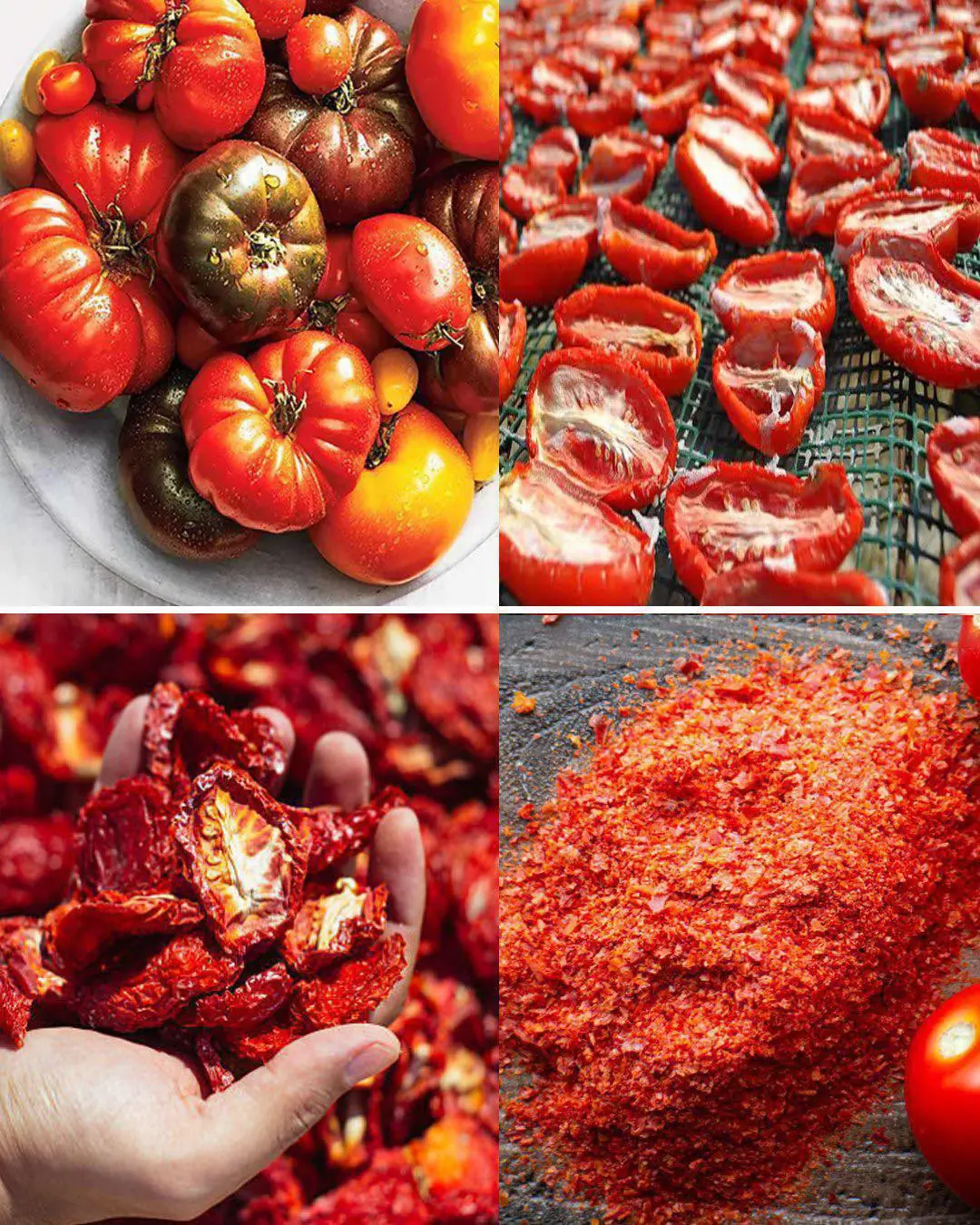
Don't Throw Old Tomatoes in the Trash.Turn them into flavorful tomato powder.

Banana Blossom: Health Benefits, Recipes, and Uses
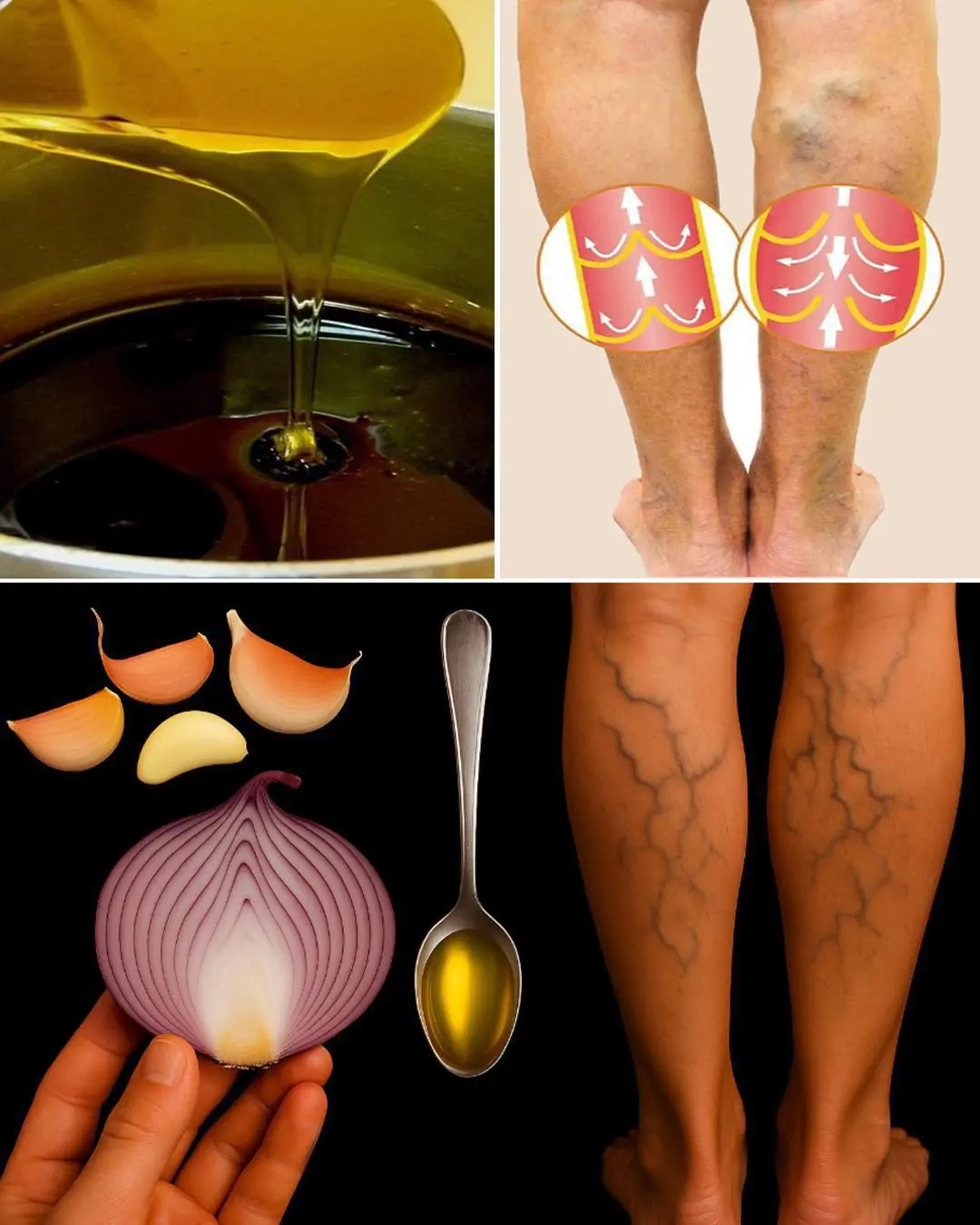
Onion, Garlic, and Olive Oil Remedy for Varicose Veins: Natural Treatment and Benefits
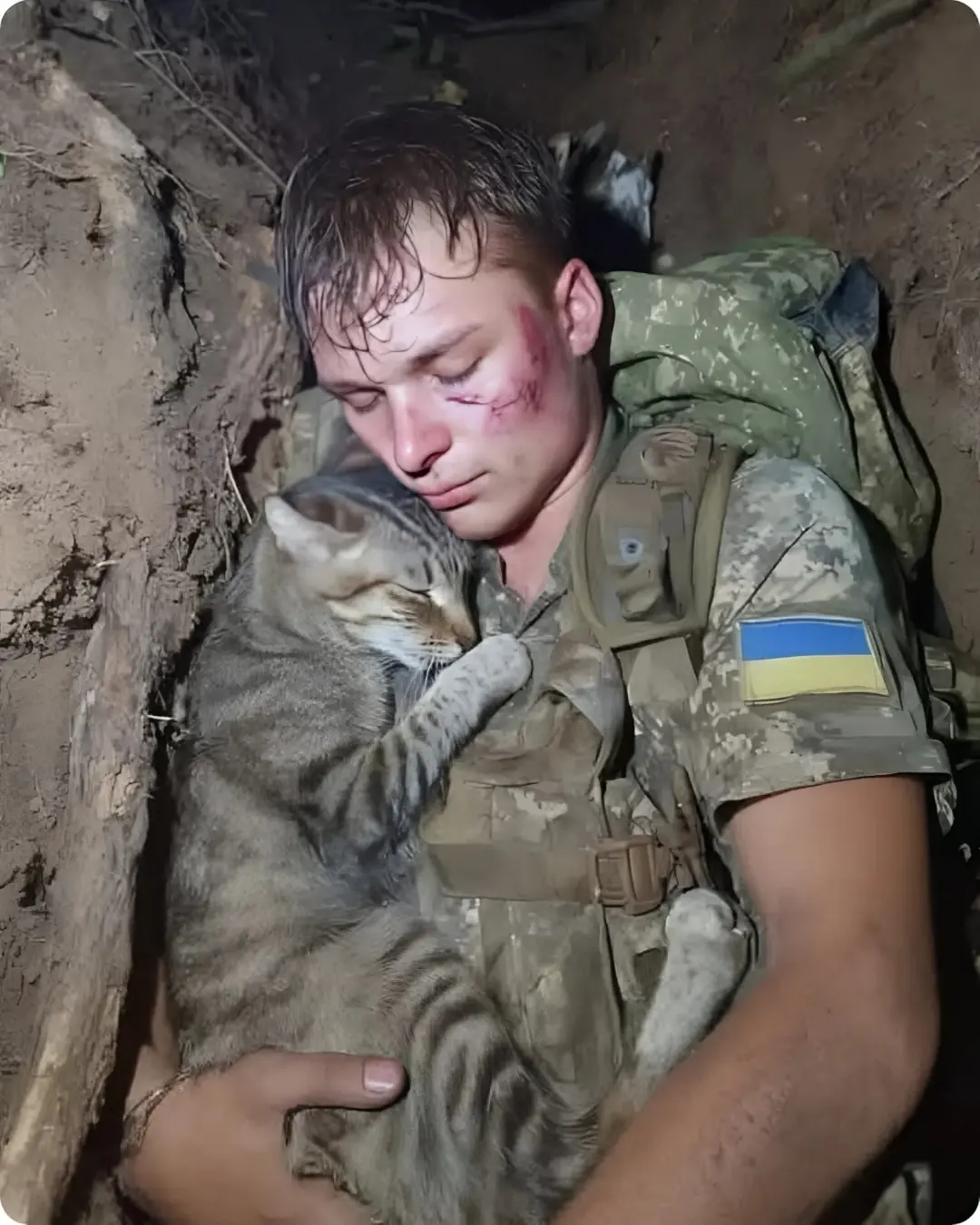
The Photo of the Year: A Glimpse of Courage the World Must Not Forget

7 Surprising Benefits of Euphorbia Hirta

How to Regrow Food in Water: 10 Foods that Regrow Without Dirt
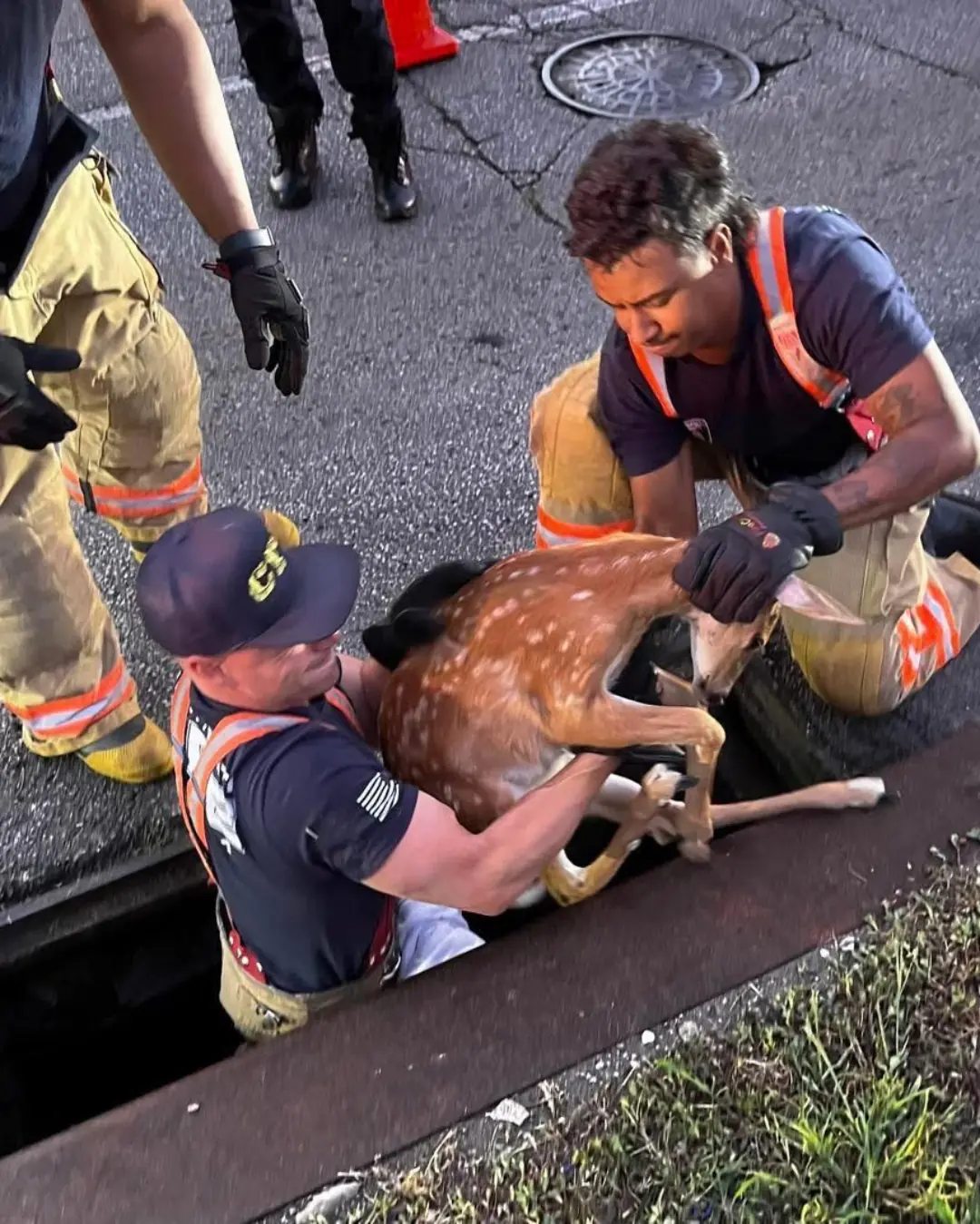
Firefighters Save Trapped Fawn from Storm Drain, Reuniting It with Nature
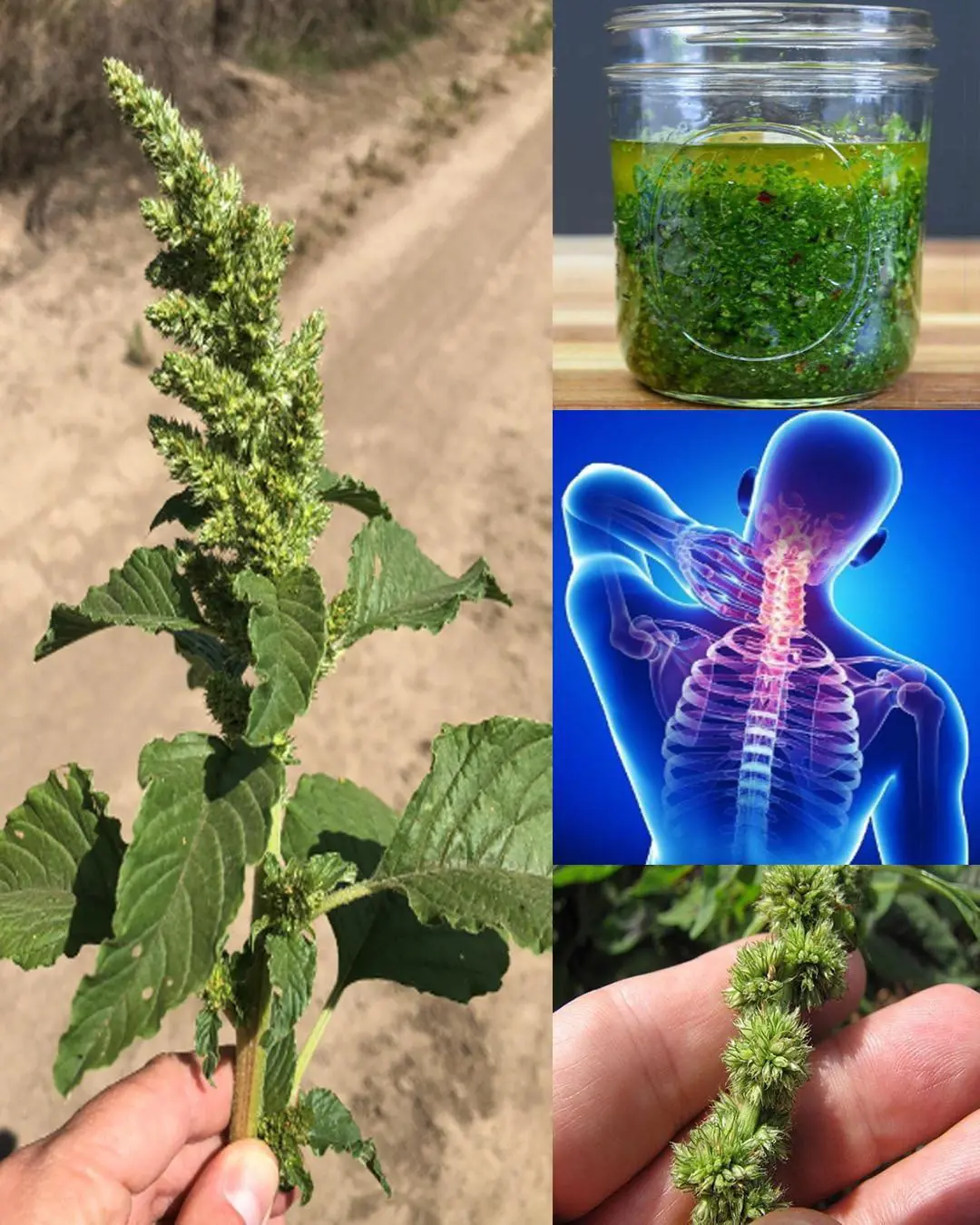
10 benefits of pigweed

Wild Lettuce Sap: Benefits and Uses
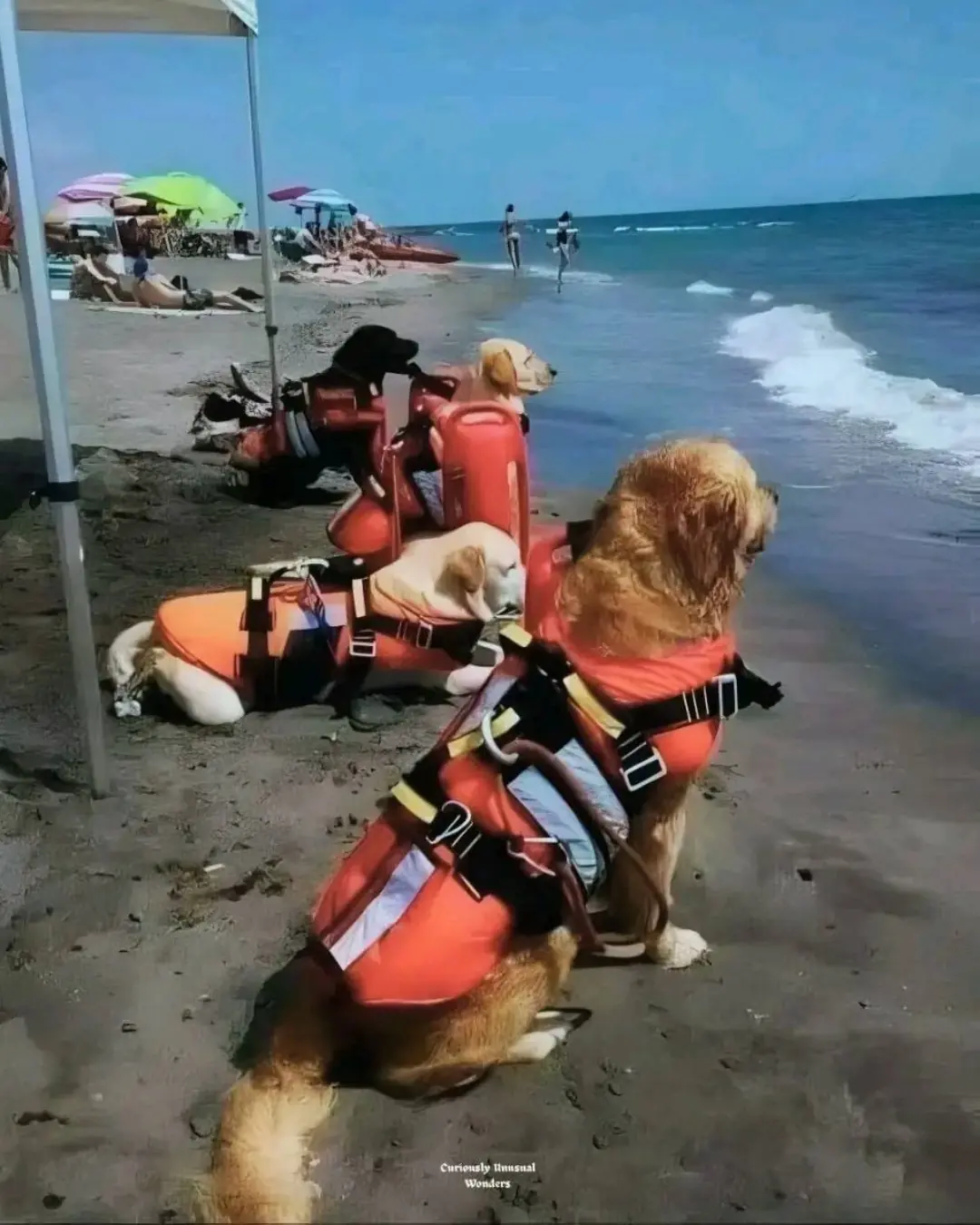
When “Just a Dog” Becomes the Difference Between Life and Death

Teddy’s Hug: A Rescue Story of Unbreakable Love

Benny’s Redemption: A Journey from Loneliness to Love

Man has stroke after bathing right after meal: 3 mistakes you shouldn’t make
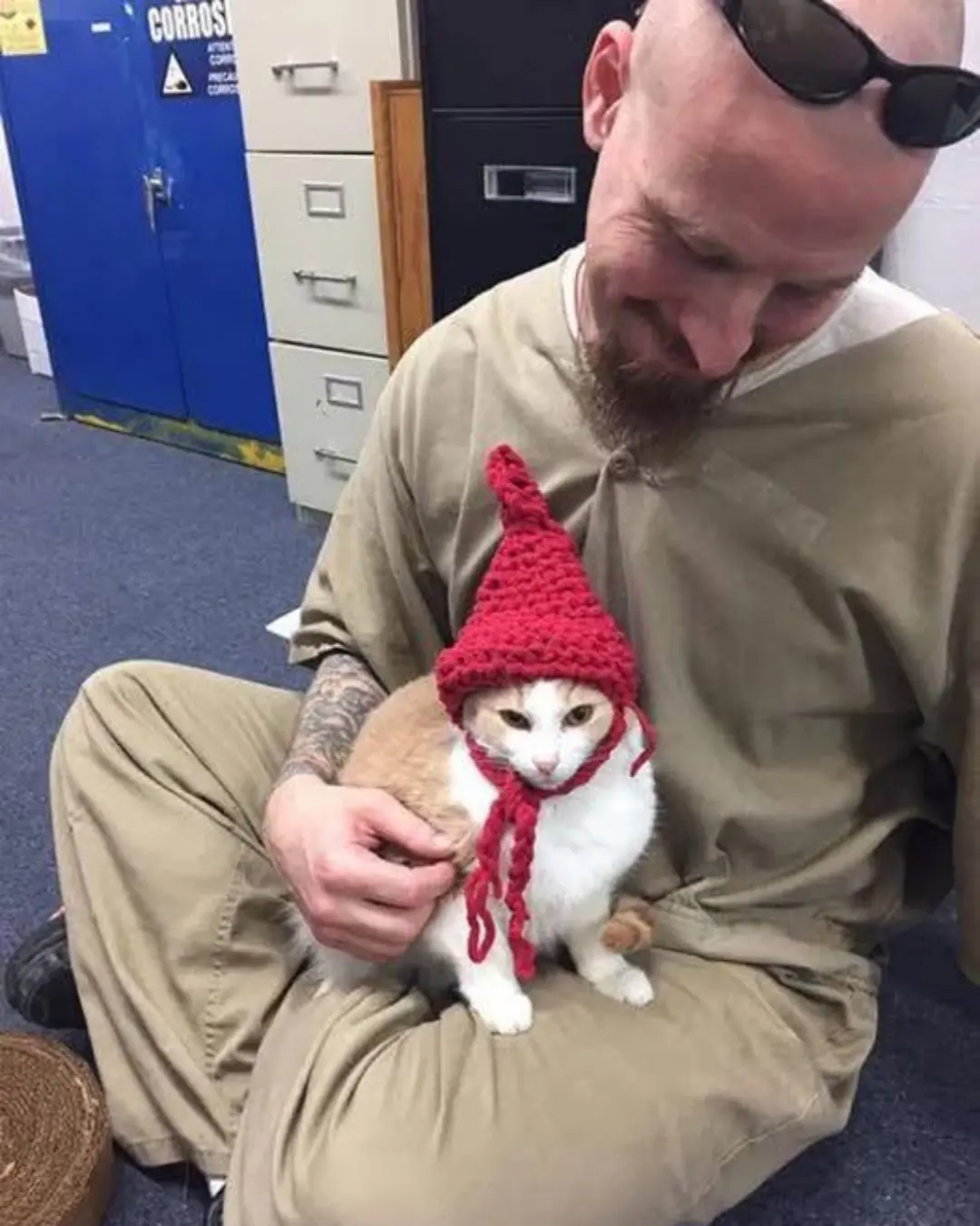
Redemption in Yarn and Paws: How a Cat Gave My Brother Back His Life
